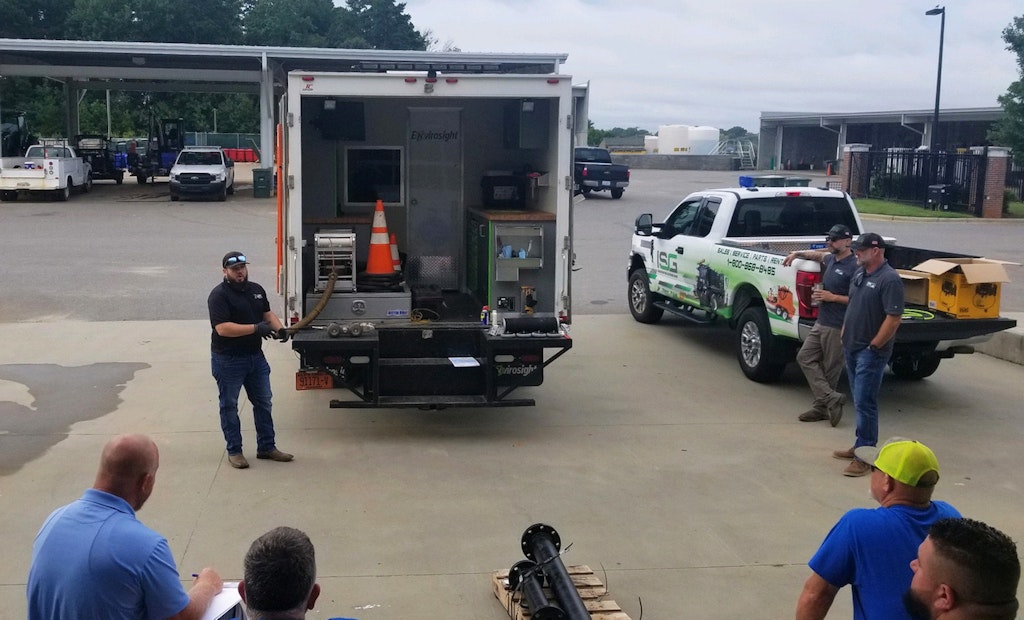Interested in Relining/Rehab?
Get Relining/Rehab articles, news and videos right in your inbox! Sign up now.
Relining/Rehab + Get AlertsA crucial step in setting any sewer inspection or rehab team up for success is building a culture of safety. Regardless of the industry, developing and promoting safe practices in the workplace should be on every leadership member’s agenda. When implementing or building out safety culture, it’s important to take a methodical approach.
Assess your current position
Wastewater workers face a number of hazards daily, including confined-space entry, exposure to traffic and biohazards, and risks associated with trenching and excavation. Begin by surveying your current situation, including talking with your crew and outlining everyday processes from the office to the field, as well as what safety measures are already in place. Because different members of your team may have different responsibilities on a day-to-day basis, it’s important to give everyone a seat at the table. Understanding firsthand what goes into each job, and what safety challenges and hazards are faced, will help you begin collaboratively identifying areas for improvement.
Define new practices
Once you’ve pinpointed areas for improvement and outlined your goals, you can begin defining new safety responsibilities. These should be documented as rules, not suggestions, and shared with everyone. It can be helpful to break down the new rules into categories or by job type to ensure the expectations are clear, but make sure everyone is familiar with all standards.
Rather than simply relaying new goals and rules to the team, it may be best to create a separate training dedicated solely to safety. “To achieve a shift in culture, it’s necessary to provide employees with learning experiences that enable them to think differently about safety and take ownership of their role in creating a culture of safety,” according to Eagle's Flight, a professional employee development organization. “When employees attend training that focuses on building a safety mindset, they develop a strong conviction for promoting safety and learn how to adopt shared responsibility for safety in the workplace, take actions that ensure their safety and that of others, and proactively suggest ways to improve safety through improvements to existing processes and protocols.”
Highlight progress
Lastly, to uphold the updated safety practices, departments should find ways to measure progress and show the crew that what they’re doing is helping — maybe the number of job site injuries have decreased, or illnesses have declined due to proper use of PPE. There should also be processes in place to keep everyone accountable, including those in leadership roles. Find ways to encourage your team and demonstrate the value of safety.
Building a culture of safety requires time and attention to detail, but it is a crucial part of developing an efficient and desirable workplace. Safety measures aren’t meant to be quick fixes, but rather practices that can be maintained indefinitely, and updated as needs change or new challenges come to light.
Start by requesting a free trenching and excavation safety poster from PRT’s sister company, Envirosight, to display in the office or take on the road:
Visit the Pipeline Renewal Technologies Storefront






